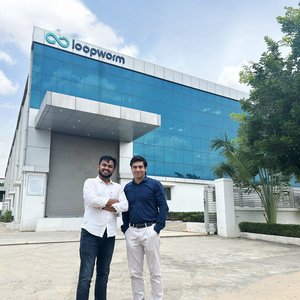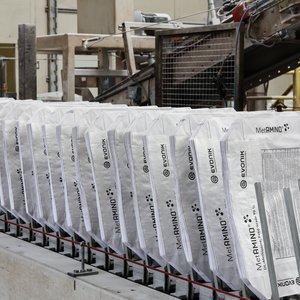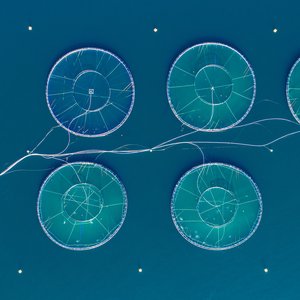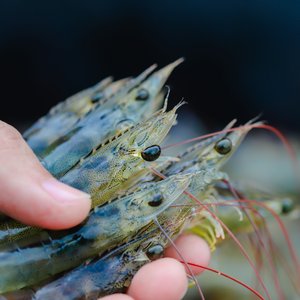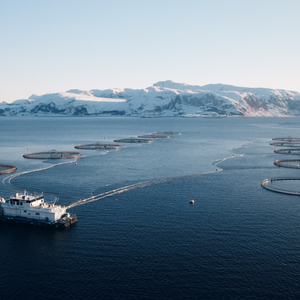Research by Nofima into outbreaks of the salmon diseases PD (pancreas disease) and HSMB (heart and skeletal muscle inflammation) has shown that mortality can be halved through the optimum use of feed.
PD and HSMB are two of the most widespread and common diseases in the Norwegian salmon farming industry, and often occur simultaneously. According to estimates from the Institute of Marine Research, PD alone costs the Norwegian fish farming industry more than NOK 1 billion (USD 55.9 million) annually.
In June 2015, a simultaneous infection of PD and HSMB was studied by Nofima researchers Jens-Erik Dessen and Kjell-Arne Rørvik, at a site near Bergen. They noted that salmon fed lon a lean, protein-rich test feed had a mortality rate of 4 per cent. Salmon fed normal control feed with a higher fat content had a mortality rate of 9 per cent. The group fed on the lean test feed also had higher feed intake and growth.
Statistical analysis confirmed that there was lower mortality in large fish, and in fish that were less stressed during handling. Stress, the size of the fish and the diet explain 99 per cent of the variation in acute mortality. Further research is now needed to explain the specific mechanisms contributing to the positive effects on fish survival.


